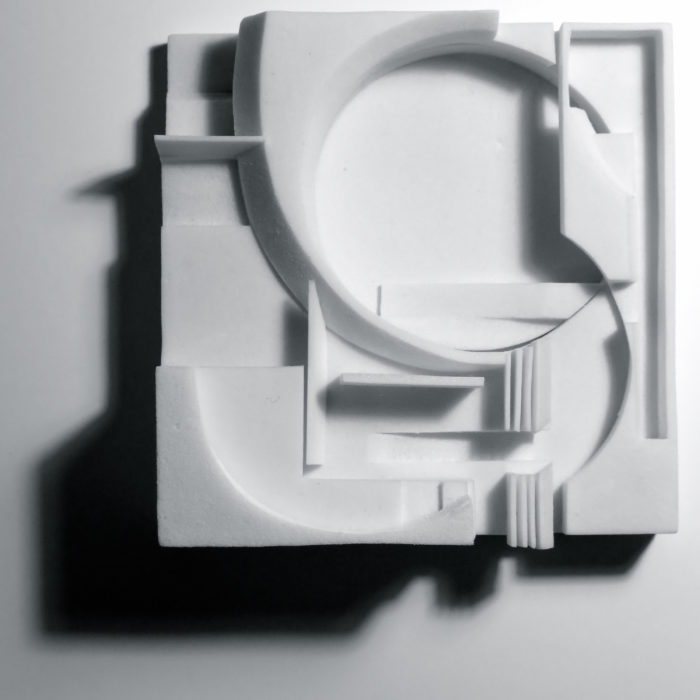GEORGIA MAY JAECKLE 2016-17 YEAR 3 Between the Haptic and the Optic ‘It is sharp and yet lands in a vague zone of myself. It is accurate yet muffled. It cries out in silence. Odd contradiction, a floating flash.’ – Roland Barthes Through the obsolescent, […]
2016-17: Precise Disasters: A Laboratory at the Edge of Failure
Tutors: Colin Herperger and Thomas Pearce
Progress is all about being wrong. The lifeblood of any experiment in science or design is its potential to fail. Searching for the horizon we must be ready to find the edge of collapse as a place of excitement. To try is to fail and to fail is to discover.
But if on the one hand failure is an essential ingredient for progress and discovery, it might also lay bare the precarious foundations of the narrative of progress itself: do things keep getting better all the time? Or, are there mechanisms at work beneath the surfaces of our daily routines, our seamless user interfaces, our conscious decisions, our social etiquette and good taste, which make failure inevitable and maybe even desirable?
This year, Unit 8 set out to explore the fringes of failure as a space of seduction and a vehicle of creative opportunity. In architectural education most are scared of the very idea of failure. Why? Perhaps it could be considered the point where learning begins, a liberated escape from the shadow of rehearsal.
In our Laboratory at the Edge of Failure we chased the subtle delights of this nimble edge, tempting us beyond assumption into the world of the unexpected. To do so, we operated with a sense of poetry and tenacity but also with utmost precision, producing well-crafted failures on the edge of perception, collapse or consciousness. We hunted the boundaries of structural and material performance, chased the seduction of the glitch, the misaligned and mistranslated, the shadows of knowledge and common sense, the technological blind spots and slippages of control.
On our field trip from Vienna to Budapest and through the wild countryside in between, we tracked the experiments of a series of architectural and artistic misfits, outsiders venturing to the edges of failure, consciousness and supposed good taste: Adolf Loos’ notoriously “un-fashionable” buildings, Egon Schiele’s perverse character of line within figure drawing, Fritz Wotruba’s controversial sculpture-turned-architecture, Coop Himmelb(l)au’s technical challenge of a religious adherence to an intoxicated sketch, Imre Makovecz’ politically and structurally subversive architectural inventions, as well as the difficult material and conceptual junctions in the sculpture and architecture of Walter Pichler made at his farm.
The building projects continued our research into strategies of disturbance and failure by translating ideas into inventive architecture. Our projects were situated along the Danube trajectory in difficult topographies and various cultural condi¬tions to serve up a range of possibility and resistance to spatial ideas.
In Unit 8, we like to make disobedient things and find curiosity within challenging ideas. This is delightfully hard but is nurtured within the studio through creative practice – a focused learning of architectural craft and technique through repeated prediction, attempt, reflection, and iteration. This allows for the development of an intuitive ability to become precise in a manner that does not hold responsibility to prove but more importantly the will to find out. We seek pleasure in the precision of the unresolved.
All posts filed under “2016-17”
2016-17: Precise Disasters: A Laboratory at the Edge of Failure
Tutors: Colin Herperger and Thomas Pearce
Progress is all about being wrong. The lifeblood of any experiment in science or design is its potential to fail. Searching for the horizon we must be ready to find the edge of collapse as a place of excitement. To try is to fail and to fail is to discover.
But if on the one hand failure is an essential ingredient for progress and discovery, it might also lay bare the precarious foundations of the narrative of progress itself: do things keep getting better all the time? Or, are there mechanisms at work beneath the surfaces of our daily routines, our seamless user interfaces, our conscious decisions, our social etiquette and good taste, which make failure inevitable and maybe even desirable?
This year, Unit 8 set out to explore the fringes of failure as a space of seduction and a vehicle of creative opportunity. In architectural education most are scared of the very idea of failure. Why? Perhaps it could be considered the point where learning begins, a liberated escape from the shadow of rehearsal.
In our Laboratory at the Edge of Failure we chased the subtle delights of this nimble edge, tempting us beyond assumption into the world of the unexpected. To do so, we operated with a sense of poetry and tenacity but also with utmost precision, producing well-crafted failures on the edge of perception, collapse or consciousness. We hunted the boundaries of structural and material performance, chased the seduction of the glitch, the misaligned and mistranslated, the shadows of knowledge and common sense, the technological blind spots and slippages of control.
On our field trip from Vienna to Budapest and through the wild countryside in between, we tracked the experiments of a series of architectural and artistic misfits, outsiders venturing to the edges of failure, consciousness and supposed good taste: Adolf Loos’ notoriously “un-fashionable” buildings, Egon Schiele’s perverse character of line within figure drawing, Fritz Wotruba’s controversial sculpture-turned-architecture, Coop Himmelb(l)au’s technical challenge of a religious adherence to an intoxicated sketch, Imre Makovecz’ politically and structurally subversive architectural inventions, as well as the difficult material and conceptual junctions in the sculpture and architecture of Walter Pichler made at his farm.
The building projects continued our research into strategies of disturbance and failure by translating ideas into inventive architecture. Our projects were situated along the Danube trajectory in difficult topographies and various cultural condi¬tions to serve up a range of possibility and resistance to spatial ideas.
In Unit 8, we like to make disobedient things and find curiosity within challenging ideas. This is delightfully hard but is nurtured within the studio through creative practice – a focused learning of architectural craft and technique through repeated prediction, attempt, reflection, and iteration. This allows for the development of an intuitive ability to become precise in a manner that does not hold responsibility to prove but more importantly the will to find out. We seek pleasure in the precision of the unresolved.
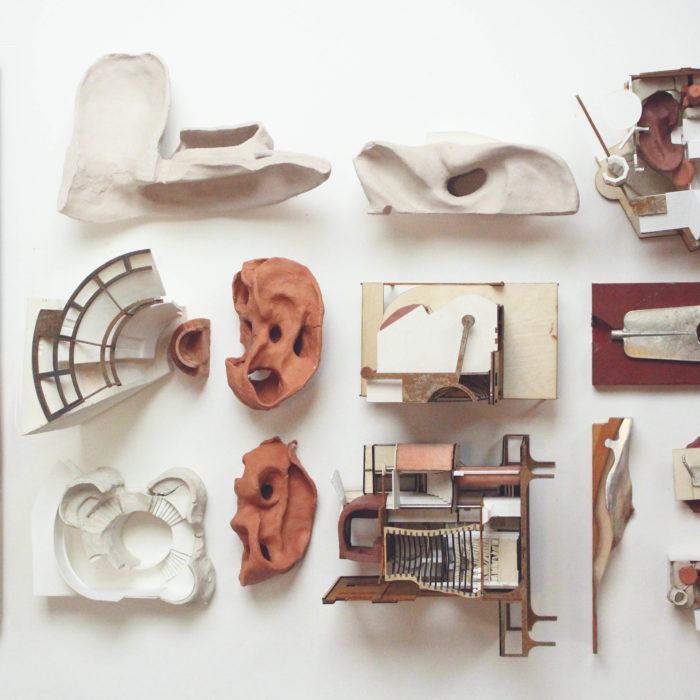
FELIX SAGAR 2016-17 YEAR 3
FELIX SAGAR 2016-17 YEAR 3 Object Hallucinations Through practicing object-triggered ‘free association’, the project questions whether the flickering-up and passing-away of consciousness during object perception can be used in architectural design. Objects are not objective: could we see six of Sigmund Freud’s desk objects as […]
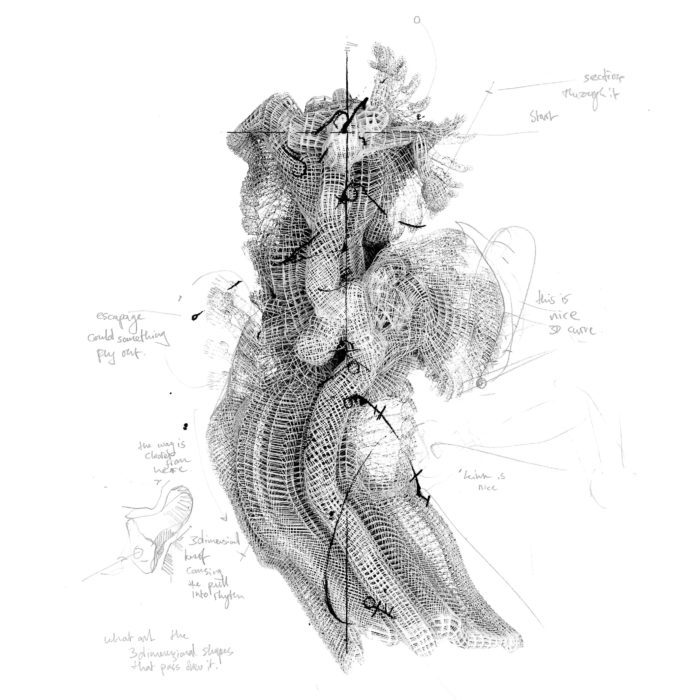
OSCAR MAGUIRE 2016-17 YEAR 2
OSCAR MAGUIRE 2016-17 YEAR 2 Twisting, Turning and the Dance of Learning Charlie Chaplin’s ‘Modern Times’ uses the predictable, mechanical rhythm of the industrial machine as a framework for choreographing comedic performance. The success of the gag is tied to the precision and accuracy of […]
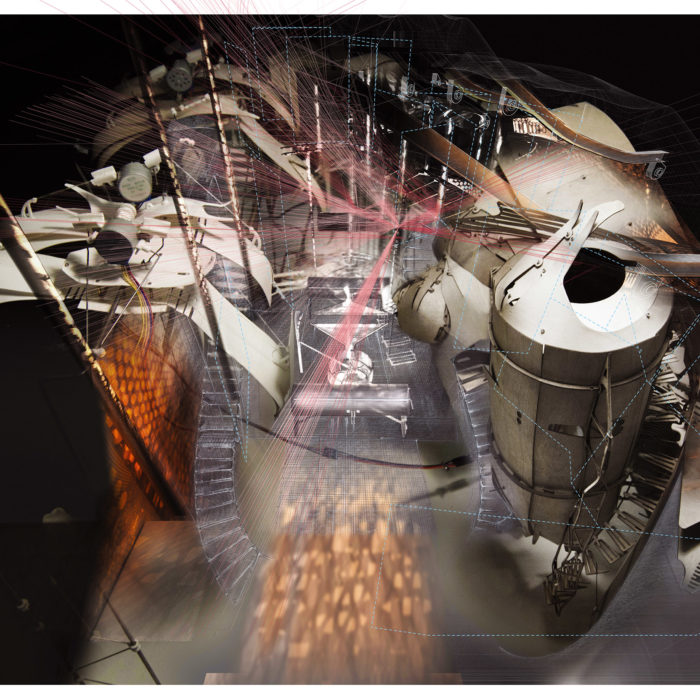
JOE JOHNSON 2016-17 YEAR 2
JOE JOHNSON 2016-17 YEAR 2 Rhythmicised Soundscapes Stemming from R. Murray Schafer’s research into industrial soundscapes, both projects seek to reintroduce spontaneity and chance into their acoustic environments. The first, a series of acoustic devices implanted into Otto Wagner’s Hietzing Station in Vienna, attempts to […]
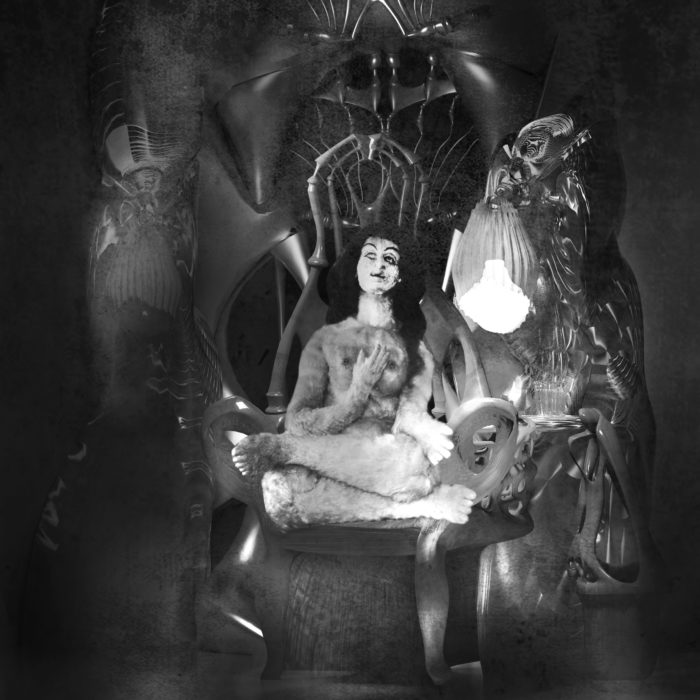
ALEKSANDRA KUGACKA 2016-17 YEAR 3
ALEKSANDRA KUGACKA 2016-17 YEAR 3 Hotel Unheimlich Nested in-between the walls of two family houses The Unhomely Hotel challenges the notion of home. To dwell in this hotel is to occupy the fringes of inhabitation. Secret mechanisms, out of sight ornaments, strangely familiar shadows – […]
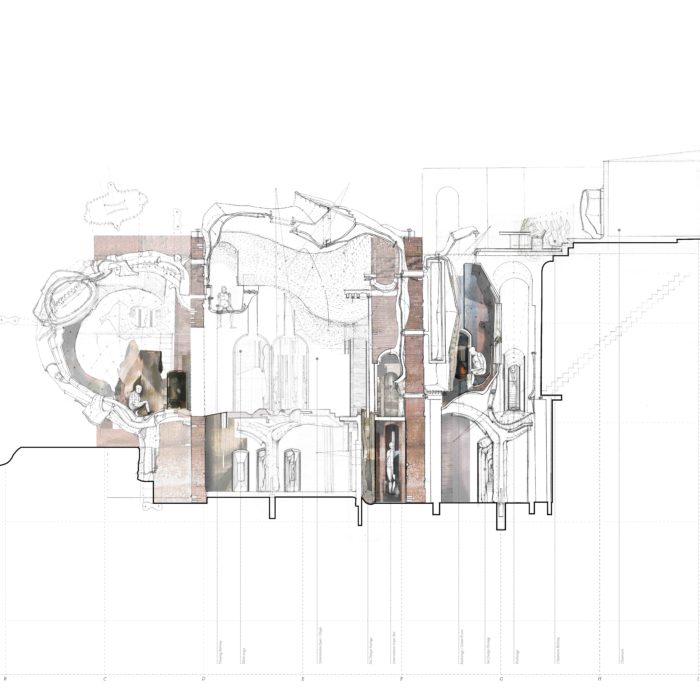
ELLIE MANOU 2016-17 YEAR 3
MAKING BUILDINGS PRIZE 2017
ELLIE MANOU 2016-17 YEAR 3 Wearing in, Wearing Out Konstantin Stanislavsky and his system of method acting cultivates the “art of experiencing” with which he contrasts the “art of representation”. An investigation of the parallel, intersecting and merging worlds. The merging and intersecting of two […]
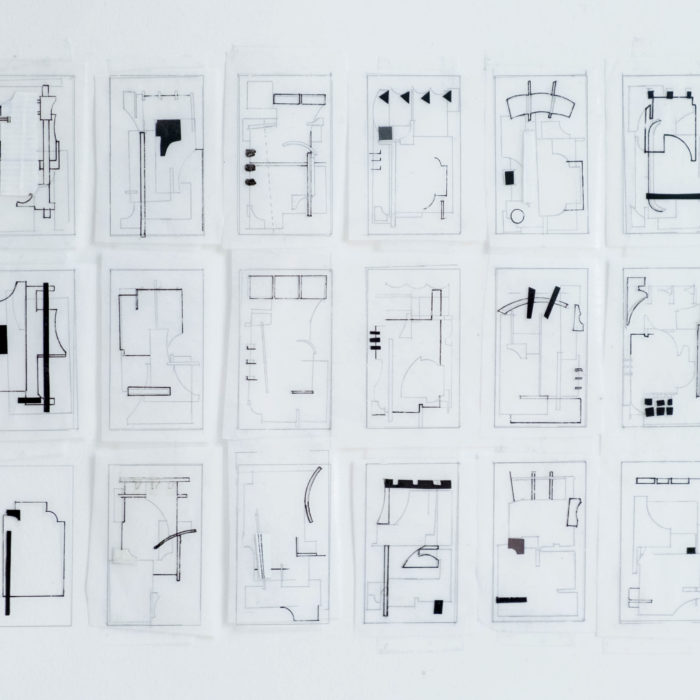
FLORENCE HEMMINGS 2016-17 YEAR 2
FLORNCE HEMMINGS 2016-17 YEAR 2 Unfurling Subjects, Invertd Objects Using the logic of mechanisms in the body, such as sockets, to dictate how contraptions move once taken off the body. The drawing aligns the misfit of the actuality of the body’s surface form over the […]
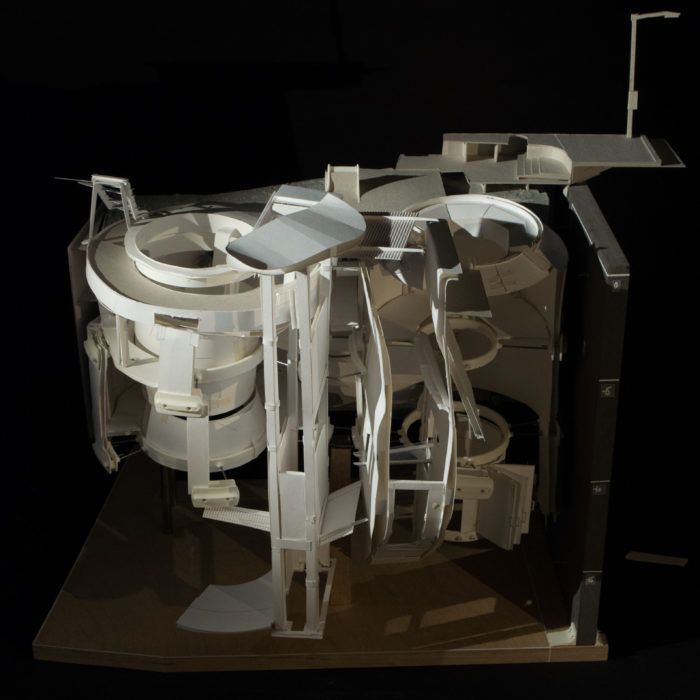
HOHGUN CHOI 2016-17 YEAR 3
HOHGUN CHOI 2016-17 YEAR 3 Part Time – Art Time The project chooses to see binocularity as an opportunity of translation between the human and architecture in Vienna. A sculpture for opening the eyes. The Kunst-Bunker responds to Vienna’s obsession with the ornate and the […]
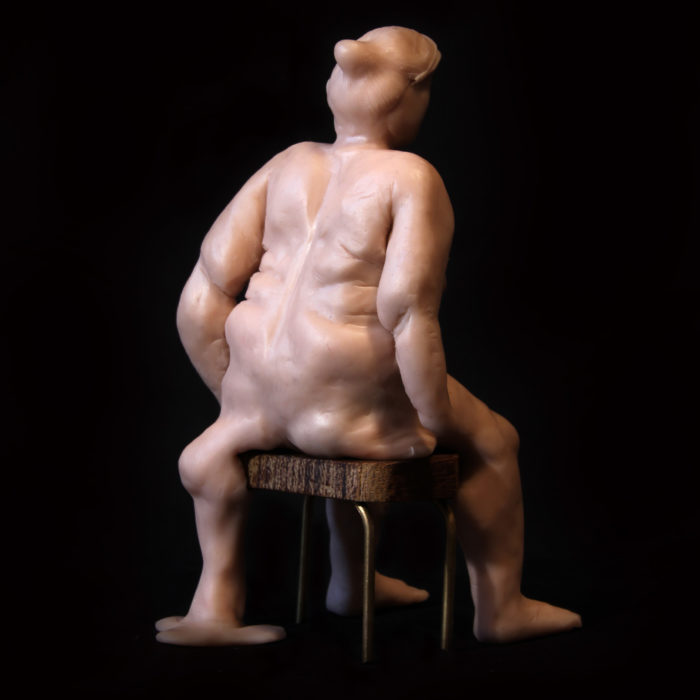
LOLA HAINES 2016-17 YEAR 2
LOLA HAINES 2016-17 YEAR 2 Museum of Baroque Theatre “The sense of sight gives no less assurance of reality of its objects than do the senses of smell and hearing, while neither our imagination nor our senses could ever assure us of anything without the […]
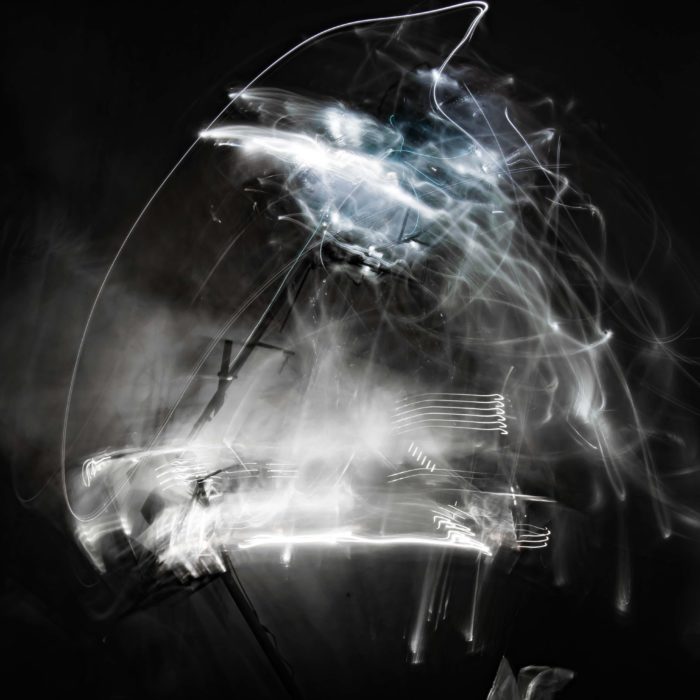
MAXIM GOLDAU 2016-17 YEAR 2
MAXIM GOLDAU 2016-17 YEAR 2 When Chichi Met Semper Upon arrival at the Semperdepot, where the faculty of conceptual arts is based total interaction housed around the glorious atrium was expected but not found. However, it was found in the aula in form of a […]
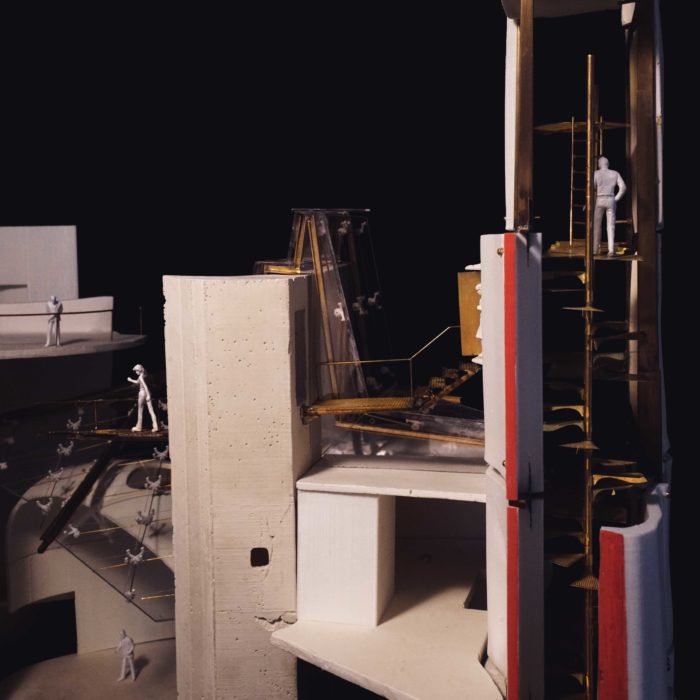
THOMAS CHU 2016-17 YEAR 3
THOMAS CHU 2016-17 YEAR 3 House For a Conductor Project 1 attempts to recreate the moment and atmosphere on the night of 16th of November 1848 in Guildhall, London, when Chopin played his last public performance. By comparing historic paintings of Guildhall, I was able […]
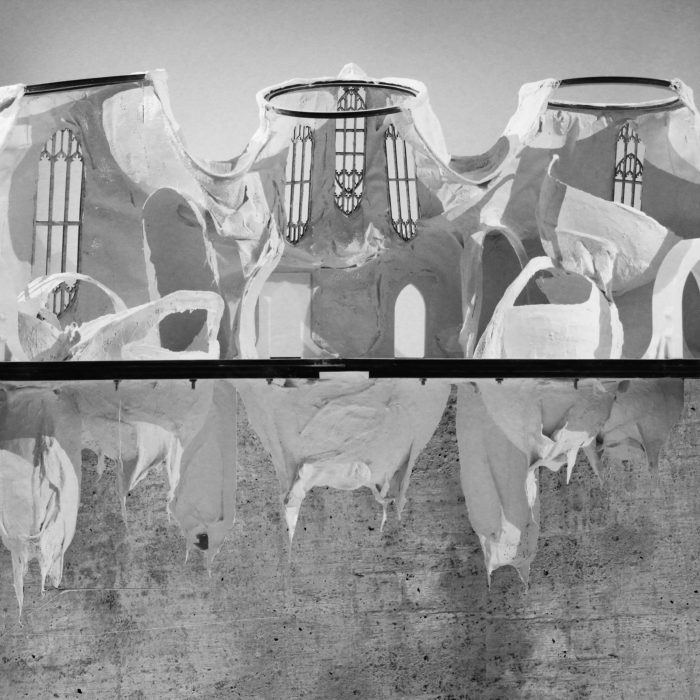
CHRISTINA GARBI 2016-17 YEAR 3
Christina Garbi 2016-17 YEAR 3 Inflatable Casting: A Cathedral of Water To investigate the concept of positive and negative space, and the transition between the two, I experimented with inflatable casting. Balloons filled with water, which occupy the void within a draped fabric arranged on […]
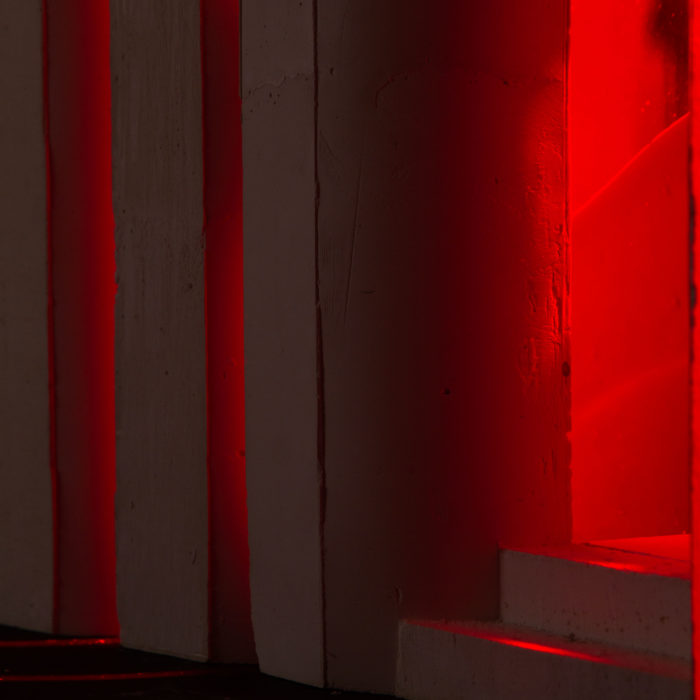
CARMEN KONG 2016-17 YEAR 3
CARMEN KONG 2016-17 YEAR 3 Palinka Hotel Project 1 designs a shop that uses architecture and light as packaging for 3 flavours of chocolate. Customers walk through the shop differentiating the taste of each chocolate through their perception of the colour ‘red’. Building project: a […]
